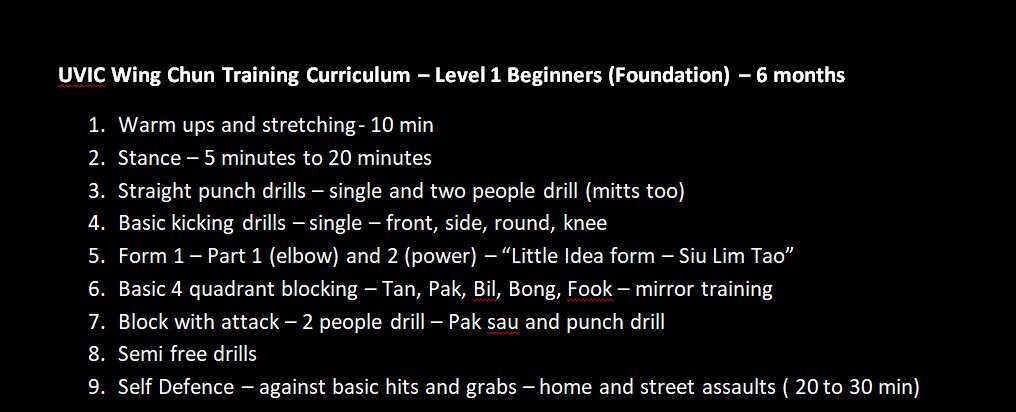Beginners Guide
108 Form
Shaolin Greeting
My teachers of Martial Art
Curriculum
The stance
The Little Idea Form
The 18 Hand Techniques
Sticking Hands 0 -Mechanics
Sticking Hands 1 - Overview
Sticking Hands 2 - in Hong Kong
Sticking Hands 3 - Drills
Sticking Hands - Ladies - 1991
Wang Kiu Live Dummy
Wooden Dummy 108
The Centerline Theory
Wing Chun Viewpoint
Ken Chung Private Lesson
Women in Wing Chun
Wing Chun a Woman's View
My answers on Quora
Martial Arts and Aging
Charles Nelson
Escrima/Arnis
Wing Chun/Chess/Go
Wing Chun cartoons
Wing Chun lesson #1
Wing Chun Fighters Lose
What can Mozart teach you?
Credit to my teachers
Receive what comes
Wing Chun History
Hung Style 1969-1976
LImits and Teaching Kids
Jewel of the Martial Arts
TV Kung Fu series
For our MANDARIN students
Don't watch this on YouTube
Our University LOGO
Five Masters of Wing Chun
Butterfly Knives of Wing Chun
Sticking Hands Video 1987
A look at the number 108
The correct Tan sau?
Real World Self Defense
How many make it to black belt?
Wing Chun Explained
Don't be an ASS
Fun Wing Chun Movie Choreography
The Wing Chun Straight Punch
Wing Chun Ladies Sparring 1990
Chinese New Year
Kung Fu - Hard work
Mixed Martial Arts
Rear Choke Defense
Wooden Dummy Plans
How do Taekwondo people kick?
The Muay Thai Cover
The 108 Wooden Dummy
Wing Chun Kicking
The Good, Bad and Ugly








